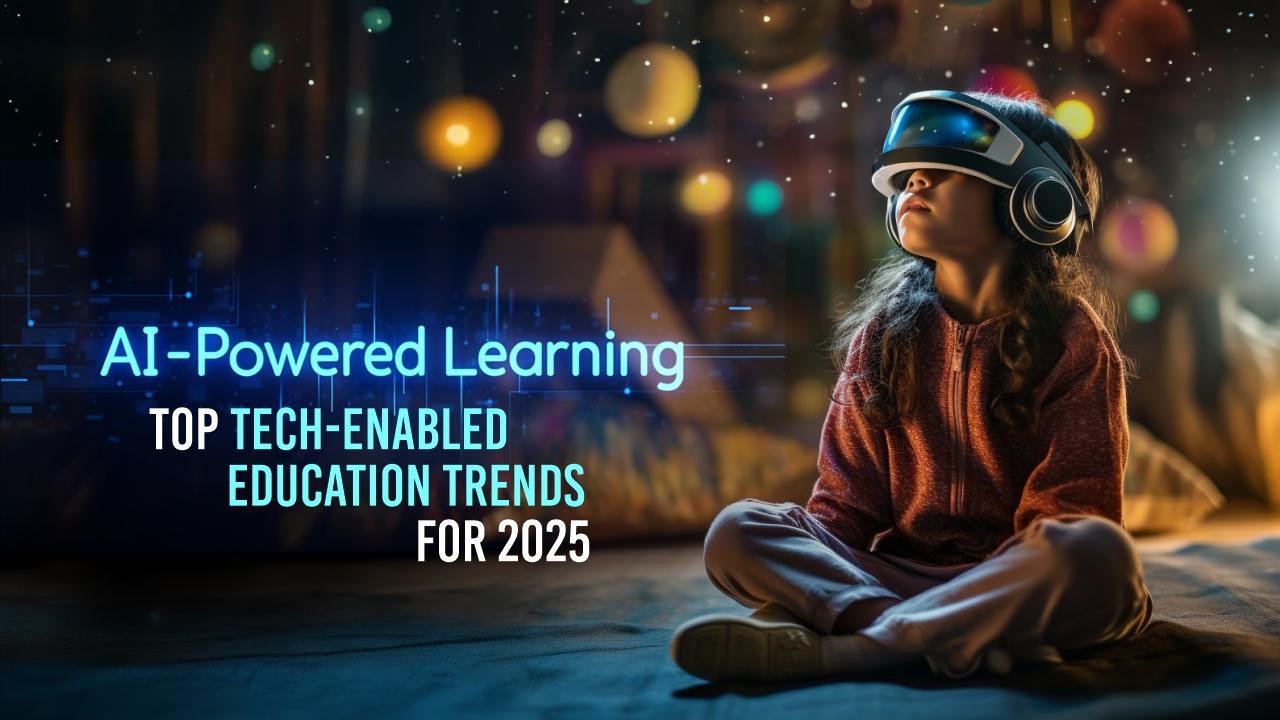The Evolution of Online Learning Platforms in 2025: Trends Shaping the future of Education
The landscape of education is undergoing a profound transformation.Online learning platforms, once seen as supplemental or choice tools, have become central to mainstream education by 2025. The integration of emerging technologies such as artificial intelligence (AI), virtual reality (VR), and adaptive learning mechanisms has revolutionized how learners access and engage wiht educational content across the globe. In this article, we’ll explore the evolution of online learning platforms in 2025, examine the key trends shaping the future of education, and offer practical insights for students, educators, and institutions adapting to this new era.
Top trends in online Learning Platforms in 2025
Online learning platforms in 2025 are not just repositories of video lectures and static PDFs. They are dynamic, interactive, and increasingly personalized thanks to several influential trends:
1. Artificial Intelligence and Adaptive Learning
- Personalized Learning Journeys: AI-driven algorithms analyze learner behavior,adapting course content in real-time to suit individual proficiency levels and learning styles.
- Intelligent Assessments: online assessment tools now provide instant, tailored feedback, pinpointing student strengths and areas for improvement.
2.Virtual and Augmented Reality Integration
- Immersive Learning Environments: VR and AR enable students to participate in realistic simulations, lab experiments, and historical reenactments—from anywhere in the world.
- Hands-On Practice: Medical students, engineering learners, and tradespeople benefit from risk-free environments to hone their practical skills.
3. Microlearning and Modular course Design
- Byte-Sized Content: Course material is increasingly delivered in shorter, focused segments for on-the-go learning and better retention.
- Stackable Credentials: Learners can combine micro-credentials and digital badges into meaningful qualifications, recognized by employers globally.
4. Community-Centric Social Learning
- Peer-to-Peer Collaboration: Online learning platforms foster interaction through discussion boards, collaborative projects, and real-time group study sessions.
- Mentorship Integration: Platforms pair students with industry mentors, facilitating guidance and professional networking opportunities.
5. Mobile-First and Accessible Learning
- Learning On Any Device: Responsive design ensures full access to course materials via smartphones, tablets, and laptops alike.
- Global Design for Accessibility: Enhanced support for learners with disabilities, including captioning, screen reader compatibility, and flexible pacing.
These trends ensure that online learning platforms in 2025 provide high-engagement, personalized, and universally accessible education experiences.
Key Benefits of Modern Online Learning Platforms
The rapid evolution of e-learning technology has unlocked unprecedented advantages for students, educators, and institutions. here’s how:
- global Access: Students from any geography or background can access premier courses from top universities and industry leaders.
- Affordability and Flexibility: Lower costs and the ability to learn anytime, anywhere, make education more accessible than ever before.
- personalized Support: AI-powered tutors and adaptive pathways help students master subjects at their own pace.
- Real-World Skill Advancement: Platforms frequently enough partner with leading companies to provide project-based learning,ensuring graduates are job-ready.
- Scalability for Institutions: Universities and businesses can educate thousands of learners concurrently, with robust analytics measuring performance and engagement.
Case Studies: Success Stories in Digital Education
Let’s take a closer look at real-world examples where the evolution of online learning platforms has transformed education outcomes:
Case Study 1: Medical Training with VR on Coursera
In 2025, Coursera partnered with leading medical schools to deliver VR-powered anatomy and surgical simulation courses. Students using these immersive modules performed 35% better on practical assessments and felt more confident when entering real hospital settings.
Case Study 2: AI-Driven Upskilling for Corporate Employees
A prominent global retailer leveraged an AI-enabled LMS to retrain 70,000+ staff. The adaptive learning paths reduced onboarding time by 40% and improved job performance scores—demonstrating the power of custom online education at scale.
Case Study 3: Rural Access Expansion through mobile-First Platforms
Non-profit organizations in South Asia collaborated with mobile network providers to roll out accessible online learning platforms. Mobile-first design and offline content options led to a 60% increase in student engagement in remote communities.
practical Tips for Maximizing Online Learning in 2025
Whether you’re a student, educator, or administrator, here are strategic tips for leveraging the latest in online education:
- Embrace AI Recommendations: Use personalized learning pathways and feedback to stay on track and address learning gaps rapidly.
- Participate Actively: Engage with discussion forums, peer reviews, and group assignments to deepen understanding and build connections.
- Set Realistic Commitments: Break up your learning into micro-goals, making steady progress without feeling overwhelmed.
- Leverage Mobile Learning: Take advantage of “learning moments” throughout your day, such as review sessions during commutes or breaks.
- Stay Updated: Follow your platform’s latest feature releases and participate in new course launches to keep your skills relevant and competitive.
The Future Outlook: Challenges and Opportunities Ahead
While the evolution of online learning platforms in 2025 brings remarkable opportunities, several challenges remain:
- Digital Divide: Efforts must continue to bridge gaps in internet access and digital literacy, especially in under-resourced regions.
- Assessment Integrity: Ensuring academic honesty and effective online proctoring remains complex but crucial.
- Data Privacy: As platforms collect more learner data, robust privacy protections and transparent policies are paramount.
- Continuous Innovation: To stay relevant, platforms must integrate newer technologies like blockchain for certification and further enhance XR (extended reality) learning experiences.
The path forward involves public-private partnerships, ethical technology adoption, and inclusive design to realize the full promise of digital education.
Conclusion
The evolution of online learning platforms in 2025 is redefining the entire educational landscape.AI-powered customization, VR-driven practice, modular microlearning, and global accessibility are shaping the future of education across every discipline and demographic. While obstacles remain, the trajectory is clear: online learning platforms are delivering flexible, engaging, and effective education at a scale and quality never before possible. By embracing these innovations and staying informed about current trends, learners and educators alike can unlock vast new horizons in knowledge and career advancement.
The future of education is digital, dynamic, and inclusive—empowered by the remarkable evolution of online learning platforms in 2025 and beyond.

